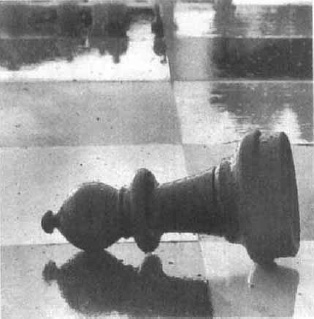CHAPTER 1
INTRODUCTION: WHY WAVELETS?
Why wavelets? This is certainly a fair question for those interested in this book and also one that can be posed in multiple contexts. Students wonder why they need to learn about wavelets. Researchers ask why wavelets work so well in certain applications. Scientists want to know why they should consider using wavelets in applications instead of other popular tools. Finally, there is curiosity about the word itself — why wavelets? What are wavelets? Where did they come from?
In this short introduction to the book, we answer these questions and in the process, provide some information about what to expect from the chapters that follow.
Image Compression
In keeping with the true spirit of the book, let's start with an application in image compression.
Suppose that you wish to use the Internet to send a friend the digital image file plotted in Figure 1.1. Since the file is quite large, you first decide to compress it. Suppose that it is permissible to sacrifice image resolution in order to minimize transmission time. The dimensions of the image, in pixels,1 are 512 rows by 512 columns. The total number of elements that comprise the image is 512 × 512 = 262,144.

Figure 1.1 A digital image.
What does it even mean to compress the image? How do you suppose that we compress the image? How do we measure the effectiveness of the compression method? ...
Get Discrete Wavelet Transformations: An Elementary Approach with Applications now with the O’Reilly learning platform.
O’Reilly members experience books, live events, courses curated by job role, and more from O’Reilly and nearly 200 top publishers.

